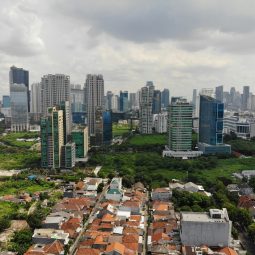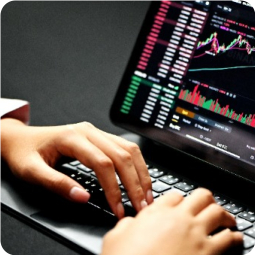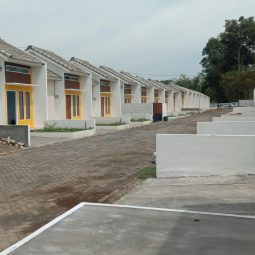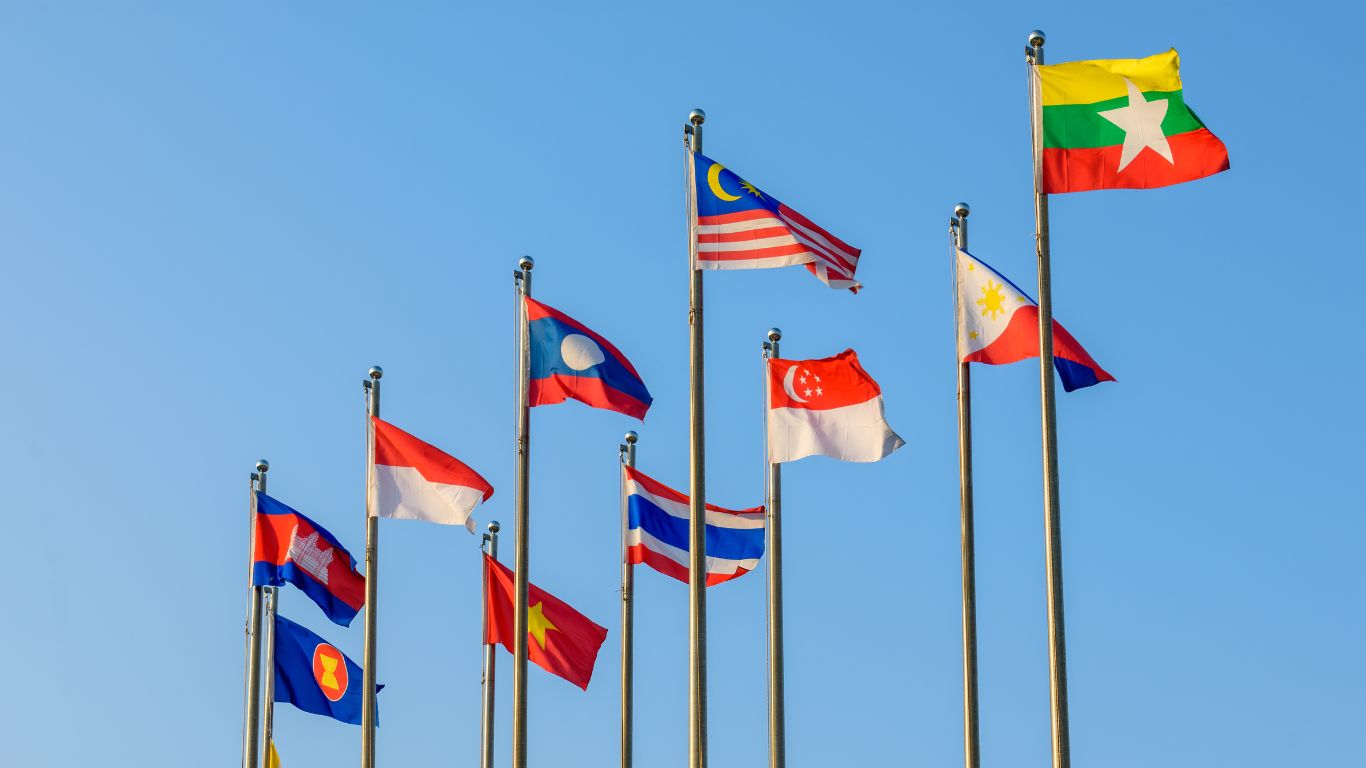
The Future of ASEAN: Building Economic Resilience Through Regional Trade
When former U.S. President Donald Trump returned to the White House and unleashed a new wave of aggressive tariffs in 2025, it wasn’t just another geopolitical headline.

When former U.S. President Donald Trump returned to the White House and unleashed a new wave of aggressive tariffs in 2025, it wasn’t just another geopolitical headline.

Risiko geopolitik merupakan segala bentuk ketidakpastian yang timbul akibat dinamika politik antarnegara, kebijakan luar negeri, konflik bersenjata, hingga perubahan kekuasaan yang drastis, dan dapat berdampak langsung maupun tidak langsung terhadap stabilitas ekonomi dan operasional bisnis.
Berbeda dengan risiko internal seperti kesalahan manajemen atau kesalahan produksi, risiko geopolitik sering kali muncul di luar kendali perusahaan, tetapi dampaknya bisa sangat signifikan terhadap perusahaan itu sendiri.
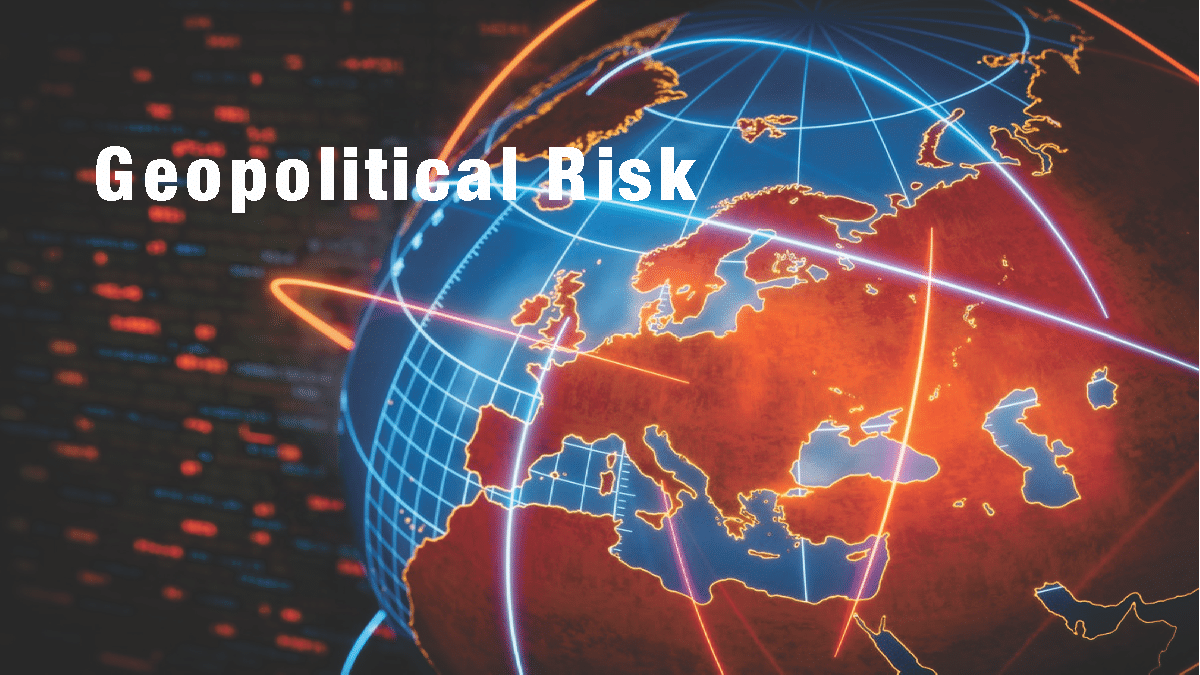
In today’s interconnected world, geopolitical tensions can no longer be treated as distant concerns. A single regional conflict or policy shift can disrupt global supply chains, drive up energy prices, and reshape markets overnight. This article explores practical strategies businesses can adopt to identify, assess, and respond to geopolitical risks. With real-world examples and proven frameworks, it offers a roadmap for building resilience in times of global uncertainty—because in an era where unpredictability is the norm, preparedness becomes your competitive edge.
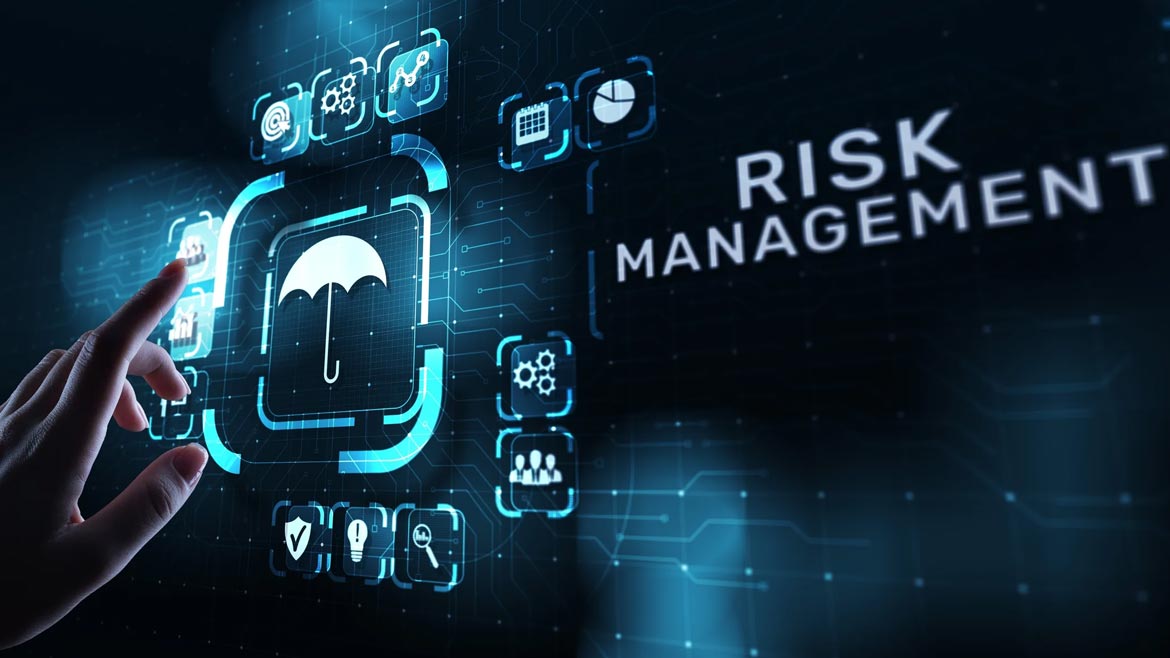
For multinational companies, these challenges become far more complex. This is because operating in many countries means facing different regulations, cultures, economic conditions, and political situations.
They are faced with cross-border legal risks, foreign currency fluctuations, geopolitical instability, differences in work culture, and vulnerabilities in the global supply chain.
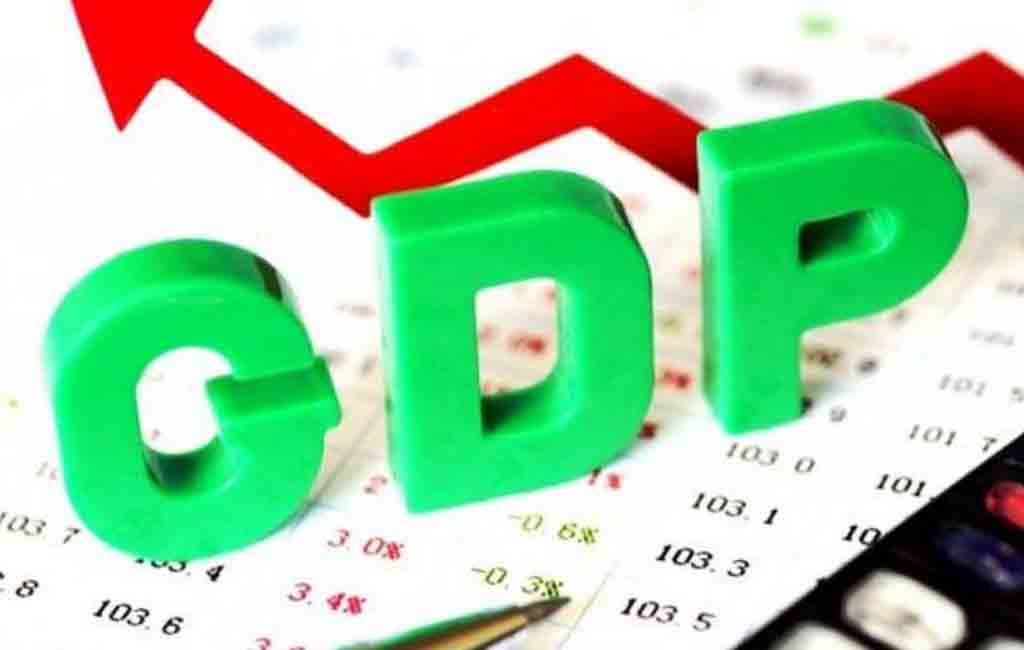
Gross Domestic Product (GDP) is the total value of all final goods and services produced by a country within a specific time period, usually one year. Academically, GDP used as the main indicator to measure a country’s economic performance because it reflects the level of production and overall economic activity.
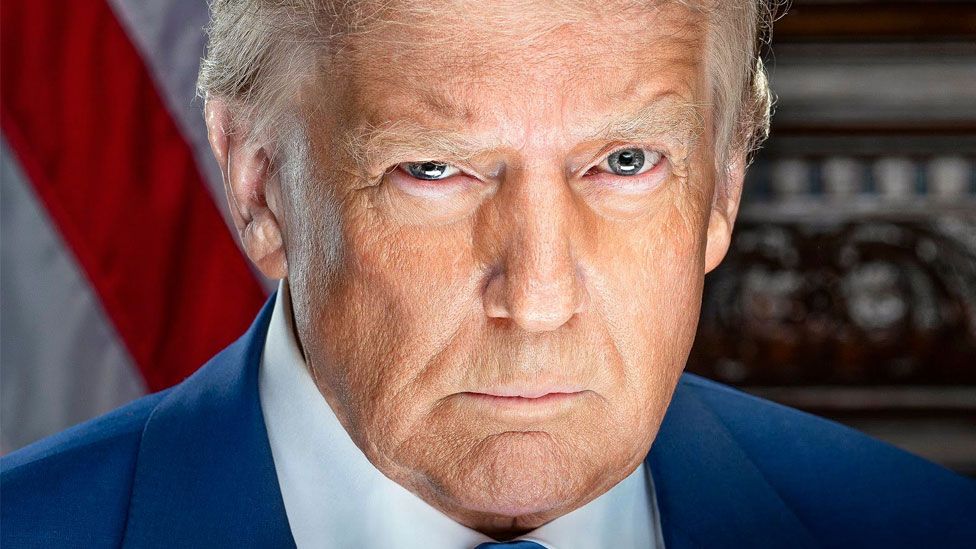
Indonesia is now facing a 32% tariff that affects strategic sectors such as textiles, footwear, electronics, rubber, and palm oil, industries that provide employment for a significant portion of the population.

For developing countries like Indonesia, participation in global trade opens significant opportunities for economic growth and job creation. However, this openness also presents challenges, ranging from global market fluctuations to the impacts of foreign (partner country) policies. Therefore, a deep understanding of international trade dynamics is crucial for formulating resilient and adaptive economic strategies.

Demand is the quantity of certain goods and services that are requested (purchased) at various possible price levels and within a certain period. Meanwhile, supply refers to goods or services that are offered (sold) at a certain quantity and price level and under specific conditions.

Sustainable economic growth emphasizes the balance of the 3P principles—Profit (economic gains), People (society), and Planet (environment)—ensuring a ‘win-win solution’ between economic progress and environmental preservation.

Macroeconomic indicators, including trade balance, inflation, and growth rates, are vital for understanding a country’s economic direction and navigating global challenges.







